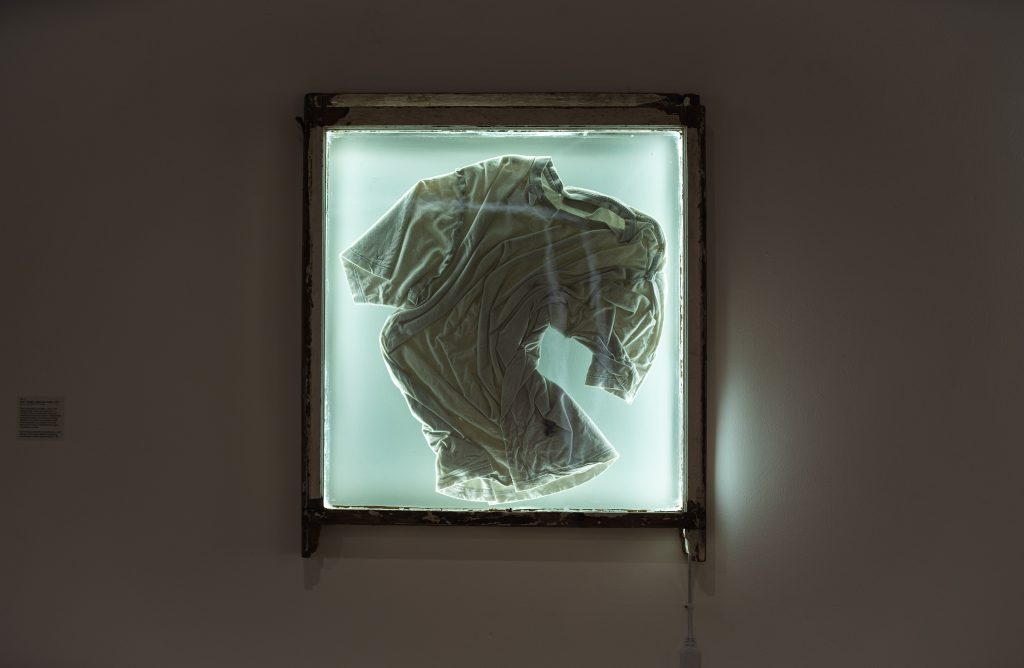After realising that I had collected far too much data, I decided to review all of the interview response data I had collected and began to analyse them through thematic analysis (Braun & Clarke, 2006). By identifying key themes, phrases, and reccuring topics, my aim was to gauge a greater understanding of shared viewpoints as to which factors were important with how, and why social, racial, and climate justice is and could be embedded within the department. Key themes that were reccuring:
Zeitgeist/Societal Shift
Reference to the societal shift in the zeitgeist surrounding the importance for discussing and applying social, racial and climate justice and systemic injustice. Also, into the curriculum and teaching environment at UAL (UAL, 2022). This became apparent within some staff interviews, with reerence to their personal belief and value systems and the student voice.
Industry
Influence/recognition of the importance that the industry plays a part in how the students are taught, what they are taught, how they are influenced, and whether the staff have the knowledge and understanding of implementing this knowledge and experience into their teaching practices and the curriculum.
Educational Institution
The systemic structure of UAL and Central Saint Martins, how students are taught, what they are taught, and who teaches them. This also includes reference to staff development, staff support, timetabling, marking, budgets, and logistics within the University and it’s structure.
History/Reputation
The longstanding history of Central Saint Martins is a reccuring theme mentioned by the majority of the tutors interviewed, most of which were of Gen X and studied at the university during the 1980’s/1990’s. For the 4th year in a row, University of the Arts London (UAL) is top of the QS World University Rankings by Subject 2022 for undergraduate art & design. (UAL, 2022).
